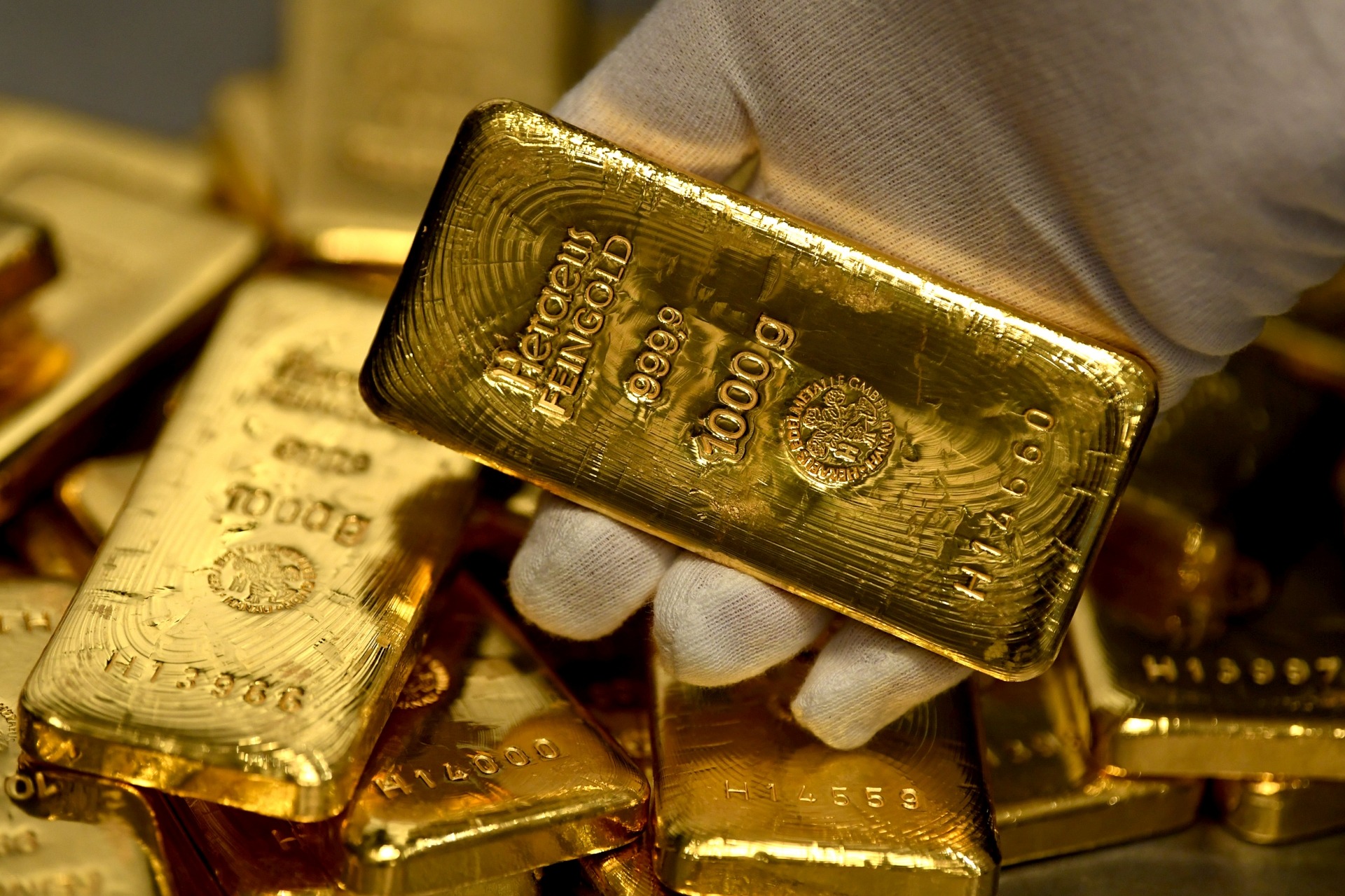Gold Surpasses $4000 an Ounce Amid Anticipation of U.S. Job Data

Gold prices recorded a slight increase at the close of trading on Monday, October 3, as the yellow metal surpassed the $4000 an ounce mark, amid investors' anticipation of upcoming job data in the U.S. private sector this week, which is a key indicator for assessing the chances of further interest rate cuts by the Federal Reserve in the near future.
Spot gold rose by 0.01% to reach $4002.12 an ounce, while December futures climbed by 0.43% to $4013.70. Although gold has achieved an annual gain of 53%, it has declined by more than 8% from its record high set on October 20, affected by a range of economic and political factors.
The impact of the rising dollar was evident on the performance of the precious metal, as the U.S. dollar index stabilized near its highest levels in three months, making dollar-denominated gold more expensive for holders of other currencies. Additionally, the hawkish statements made by Federal Reserve Chairman Jerome Powell last week contributed to reducing investors' expectations regarding interest rate cuts, along with the easing of trade tensions between the United States and China, which negatively affected gold's appeal as a safe haven.
The U.S. central bank had reduced interest rates by a quarter percentage point last Wednesday for the second time this year, bringing the target range for the federal funds rate to between 3.75% and 4.00%. According to CME Group's FedWatch data, markets now expect a 71% chance of another rate cut in December, compared to expectations that exceeded 90% before Powell's statements.
Commenting on gold's performance, Ole Hansen, head of commodity strategy at Saxo Bank, said: "The pause in gold still seems like a breather, not a collapse. The seasonal pullback, the temporary noise regarding Chinese policy, and the strength of the dollar explain this short-term decline, but nothing changes the long-term scenario."
For his part, U.S. President Donald Trump announced on Thursday that he reached an agreement with his Chinese counterpart Xi Jinping to reduce tariffs imposed on China, in exchange for Beijing taking strict measures against the illegal fentanyl trade, resuming purchases of U.S. soybeans, and ensuring the continuation of rare earth metal exports, which helped ease trade tensions between the two countries.
As for other precious metals, they experienced a collective decline, with silver in spot transactions dropping by 0.5% to $48.41 an ounce, platinum falling by 0.1% to $1566.40, while palladium decreased by 0.6% to record $1424.88 an ounce.
